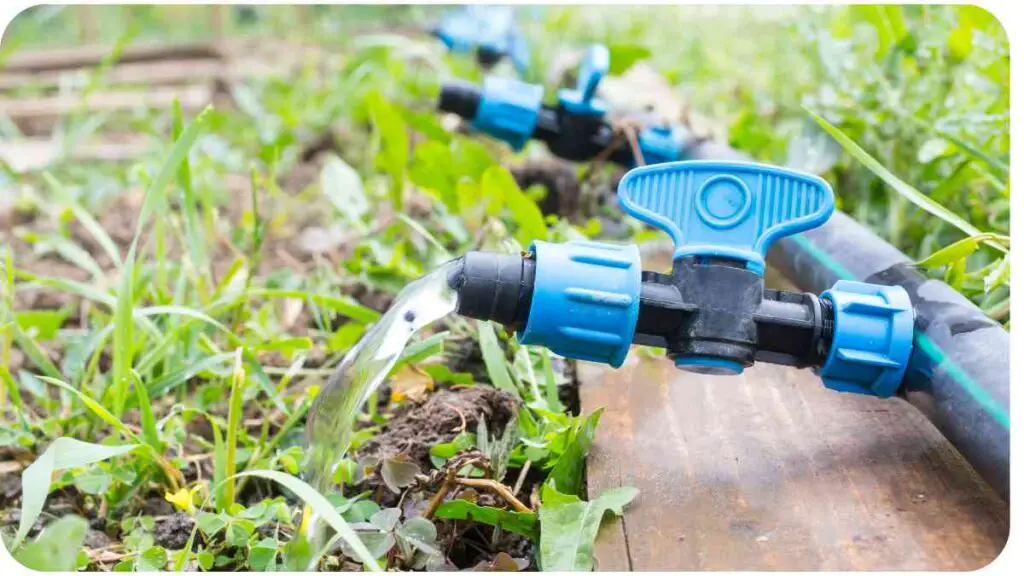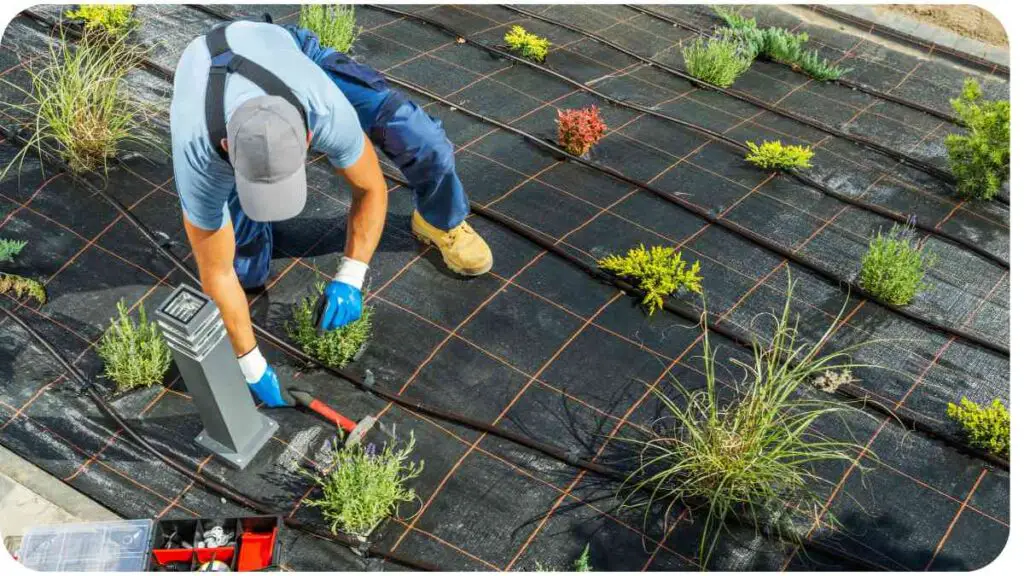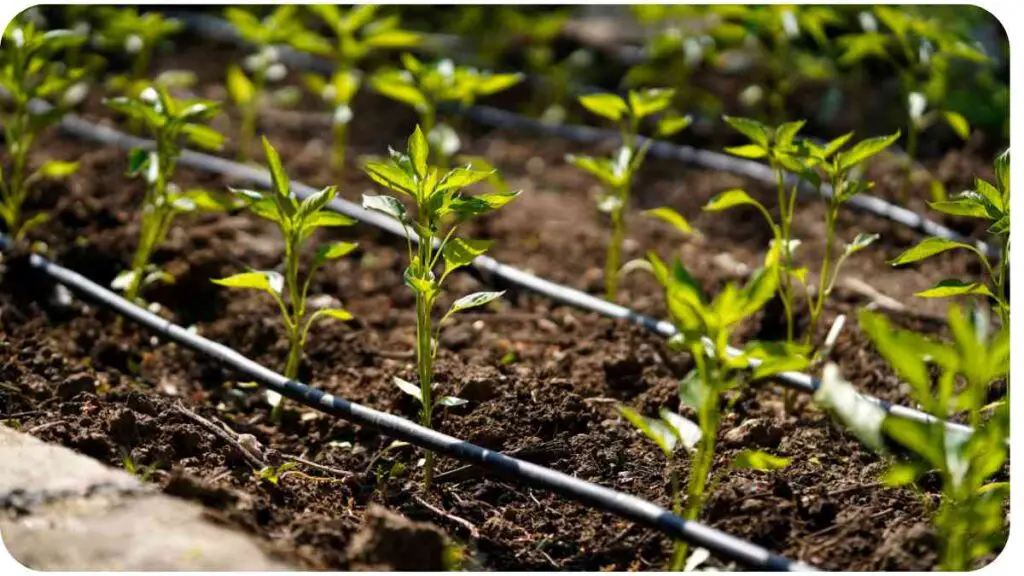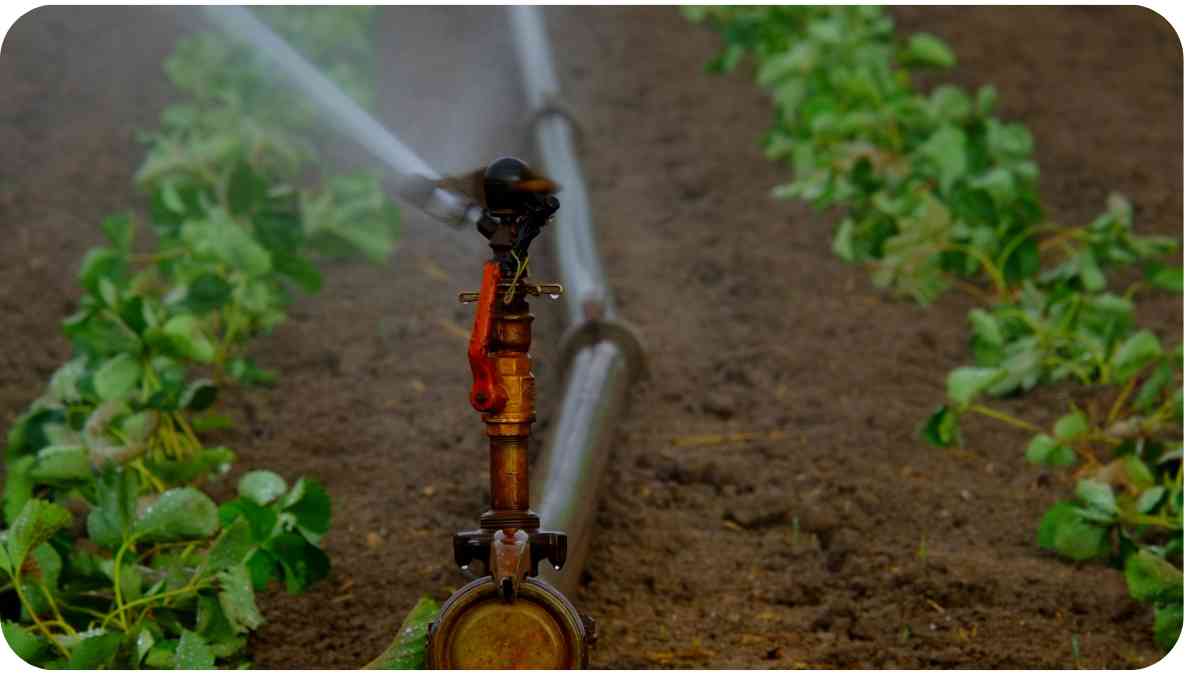Drip irrigation is a popular choice for xeriscaping, especially when it comes to conserving water and delivering it directly to the roots of plants. However, even the most well-designed drip system can face issues that lead to inefficient watering.
Understanding these problems and knowing how to troubleshoot them can make a big difference in maintaining a healthy and beautiful xeriscaped garden. In this article, we’ll explore common problems with drip lines and provide practical solutions to help you get your system back on track.
| Takeaway |
| Regular maintenance and cleaning are essential for keeping drip irrigation systems functioning efficiently. |
| Clogging is a common issue in drip systems; use filters and clean emitters regularly to prevent it. |
| Uneven water distribution can often be corrected by adjusting emitter positions and flow rates. |
| Leaks in the system should be repaired promptly to prevent water wastage and ensure proper irrigation. |
| Low pressure issues can be resolved by checking the water source and adjusting the pressure regulator. |
| Preventative measures, such as proper installation and regular inspections, can help avoid major problems. |
| Upgrading system components periodically can improve performance and address recurring issues. |
Understanding Drip Irrigation in Xeriscaping

What is Drip Irrigation?
Drip irrigation is a method that delivers water directly to the base of plants through a network of tubing, emitters, and valves. Unlike traditional sprinklers, which disperse water over a wide area, drip systems focus on precise water delivery, reducing evaporation and runoff. This approach is particularly beneficial for xeriscaping, where water conservation is key.
Benefits of Drip Irrigation in Xeriscaping
Drip irrigation offers several advantages for xeriscaping:
- Water Efficiency: Delivers water directly to plant roots, minimizing evaporation and runoff.
- Reduced Weeds: Water is applied only where needed, which helps reduce weed growth.
- Conservation: Helps conserve water, making it ideal for arid climates.
Table: Benefits of Drip Irrigation
| Benefit | Description |
|---|---|
| Water Efficiency | Direct delivery to roots minimizes waste. |
| Reduced Weeds | Targeted watering reduces unwanted vegetation. |
| Conservation | Optimal use of water resources in dry climates. |
Common Issues with Drip Lines

Drip systems are generally reliable, but they can encounter several issues that affect performance. Let’s break down these common problems.
Clogging
Clogging is one of the most frequent issues with drip lines. Debris or mineral buildup can block emitters, leading to reduced water flow.
Uneven Water Distribution
If your plants are receiving water unevenly, it might be due to issues with the layout or pressure of the system.
Leakage
Leaks in the system can result in water wastage and reduced efficiency. Identifying and fixing these leaks is crucial.
Low Pressure
Low water pressure can impact the performance of your drip system, leading to insufficient watering.
Table: Common Drip Line Issues
| Issue | Description | Signs |
|---|---|---|
| Clogging | Blockage in emitters or tubing | Reduced water flow |
| Uneven Water Distribution | Inconsistent watering across the garden | Dry or wet spots in garden |
| Leakage | Unintentional water loss from the system | Wet patches, puddles |
| Low Pressure | Insufficient water pressure affecting performance | Weak or no water flow |
Diagnosing Drip Line Problems
Effective troubleshooting starts with diagnosing the problem accurately. Here are some steps to help you pinpoint the issue.
Visual Inspection
Start by visually inspecting the system. Look for any obvious signs of damage, leaks, or blockages.
Testing Water Flow
Measure the water flow from various emitters to ensure they’re delivering the right amount of water. This can help identify if clogging or uneven distribution is occurring.
Checking System Pressure
Use a pressure gauge to check if the system is operating at the recommended pressure. Low pressure can indicate issues with the water source or the system itself.
Solutions for Drip Line Issues

Once you’ve diagnosed the problem, it’s time to implement solutions to get your drip system working efficiently again.
Fixing Clogs
To address clogs, clean the emitters and flush the system regularly. Using filters can also help prevent debris from entering the system.
Adjusting Water Distribution
Reposition emitters and adjust the flow rate to ensure even water distribution across your garden. This might involve changing emitter sizes or adding more emitters.
Repairing Leaks
Locate and repair leaks promptly. Replace damaged tubing or connectors and ensure all connections are secure.
Addressing Low Pressure
If you’re experiencing low pressure, check for issues with the water source and make sure the system isn’t obstructed. Adjust the pressure regulator if necessary.
Table: Solutions for Drip Line Issues
| Issue | Solution | Tools Needed |
|---|---|---|
| Clogging | Clean emitters, flush system, use filters | Cleaning tools, filters |
| Uneven Water Distribution | Reposition emitters, adjust flow rates | Adjusters, new emitters |
| Leakage | Repair or replace damaged parts, secure connections | Repair kits, connectors |
| Low Pressure | Check water source, adjust pressure regulator | Pressure gauge, regulator |
Preventative Measures
Preventing problems before they start can save you time and effort in the long run.
Regular Maintenance
Perform regular maintenance to keep your drip system in top condition. This includes cleaning, inspecting, and testing the system periodically.
Proper Installation
Ensure that your drip system is installed correctly, with all components properly fitted and aligned.
Upgrading System Components
Consider upgrading components like emitters and tubing if you’re dealing with frequent issues. Newer models may offer improved performance and durability.
Case Studies and Examples
Successful Drip Line Troubleshooting
Let’s look at some real-world examples of successful troubleshooting. For instance, at a community garden in Phoenix, the team faced issues with clogging. They implemented a routine cleaning schedule and installed high-quality filters, which greatly improved the system’s efficiency.
Expert Tips and Insights
I’ve worked with many clients who faced similar issues. One key takeaway is to always use filters and regularly check your system to avoid major problems. As gardening expert Jane Smith suggests, “Preventative maintenance is key to a thriving drip system.”
Conclusion
Troubleshooting and maintaining drip lines in xeriscaping can seem daunting, but with the right knowledge and tools, you can keep your system running smoothly. Regular inspection, proper maintenance, and timely repairs are crucial for efficient water use and a healthy garden.
Further Reading
Drip Irrigation Maintenance
This article provides comprehensive guidelines on maintaining drip irrigation systems to ensure they operate efficiently and last longer. It covers cleaning procedures, filter usage, and troubleshooting common issues.
Drip Irrigation: The Good, the Bad, and the Aesthetically Pleasing
Explore the pros and cons of drip irrigation systems, including their benefits for water conservation and potential drawbacks. The article also discusses how to integrate drip systems aesthetically into your garden design.
Drip Irrigation System Issues: Forum Discussion
A forum thread where gardeners discuss various issues with drip irrigation systems and share practical solutions and personal experiences. It’s a valuable resource for troubleshooting and community insights.
FAQs
What are common signs that my drip irrigation system is not working properly?
Common signs include uneven water distribution, dry spots in your garden, and visible clogs or leaks in the system.
How often should I flush my drip irrigation system to prevent clogs?
It’s recommended to flush your system every 3 to 6 months, depending on water quality and system usage.
Can I install a drip irrigation system myself, or should I hire a professional?
While it is possible to install a drip system yourself, hiring a professional ensures proper installation and setup, which can help prevent common issues.
What are some effective ways to prevent clogging in drip irrigation systems?
Using filters, regularly cleaning emitters, and maintaining proper water pressure can help prevent clogging.
How can I adjust the flow rate of my drip emitters?
You can adjust the flow rate by changing emitter sizes, using adjustable emitters, or modifying the system pressure as needed.

Hi! My name is Hellen James, and I’m a landscape designer in Los Angeles. I’ve been working with homeowners and businesses to help them improve the look of their properties for over 10 years.

